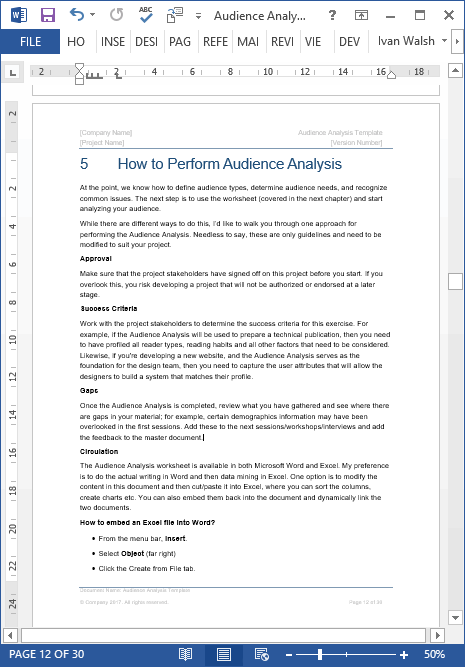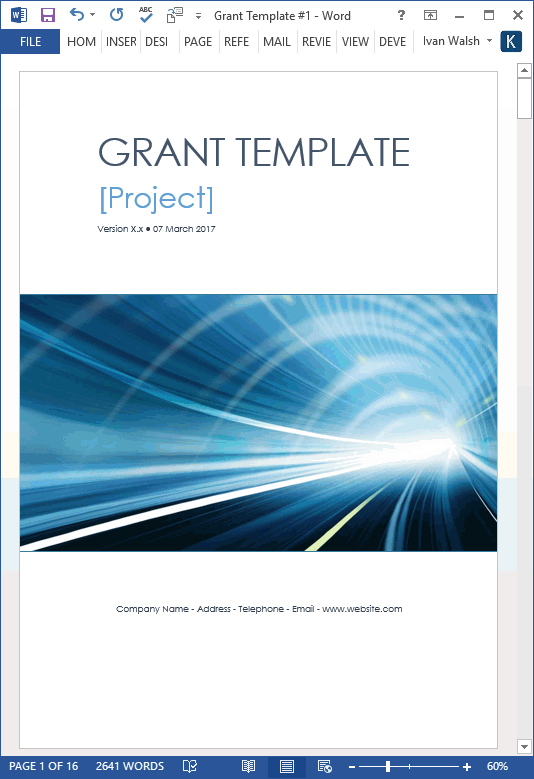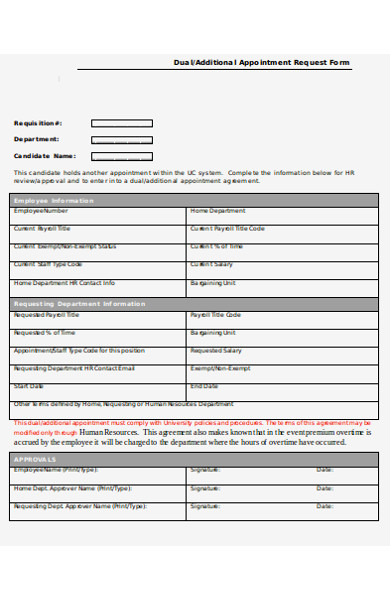
Specifying the same color scheme more than once has the same effect as specifying it only once. One or more color schemes supported by the document.

The document is unaware of color schemes and should be rendered using the default color palette. The value of the content property for color-scheme may be one of the following: The primary use for is to indicate compatibility with-and order of preference for-light and dark color modes. The browser will use this information in tandem with the user's browser or device settings to determine what colors to use for everything from background and foregrounds to form controls and scrollbars. color-scheme: specifies one or more color schemes with which the document is compatible.The media attribute with a valid media query list can be included to set the media the theme color metadata applies to. The content attribute contains a valid CSS. theme-color: indicates a suggested color that user agents should use to customize the display of the page or of the surrounding user interface.When several conflicting policies are defined, the no-referrer policy is applied.Dynamically inserting (with document.write() or appendChild()) makes the referrer behavior unpredictable.Send the full URL (stripped of parameters) for same-origin or Send the origin when the destination is at least as secure as theĬurrent page (HTTP(S)→HTTPS). Send the full URL (stripped of parameters) for same-origin requests.Ĭross-origin requests will contain no referrer header. Send the full URL (stripped of parameters) for same-origin requests, but Send the full URL when the destination is at least as secure as theĬurrent page (HTTP(S)→HTTPS), but send no referrer when it's less secure referrer: controls the HTTP Referer header of requests sent from the document:.keywords: words relevant to the page's content separated by commas.



Several browsers, like Firefox and Opera, use this as the default description of bookmarked pages. description: a short and accurate summary of the content of the page.author: the name of the document's author.Simple web pages shouldn't define an application-name.It is different from the element, which usually contain the application name, but may also contain information like the document name or a status. Browsers may use this to identify the application.Allowing cross-origin use of images and canvas.HTML table advanced features and accessibility.From object to iframe - other embedding technologies.Assessment: Structuring a page of content.


 0 kommentar(er)
0 kommentar(er)
